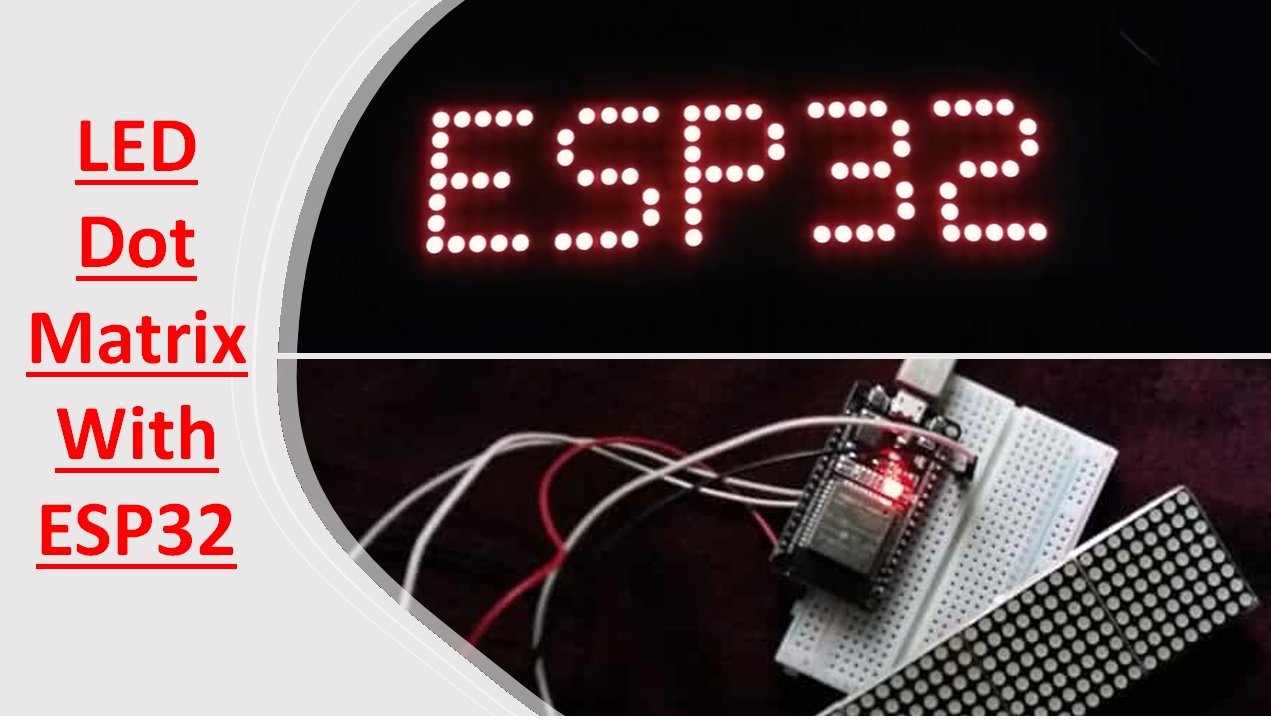Dot-matrix display provides you with a simple application designed to demonstrate how a 5×7 pixel dot-matrix display works. At startup, Dot-matrix display automatically resets the counter, but after a few clock cycles, you can view the displayed text. Users can pause and fast-forward the simulation.


Dot-matrix Display Crack + With Keygen Free
You can simulate the dot matrix display to investigate how to read the text displayed on it. Dot-matrix displays work by displaying text on a series of binary-coded decimal numbers. You can perform some basic testing and find the address of the display. You can also modify the clock rate. Features: • Simple Dot-matrix displays designed for beginners • 32-bit floating point simulation to understand the display behavior and check the clock rate • Simple SIM interface, no install or scripts required Understanding Digital display reading software The display is simulated for you by comparing the input line to the expected text. We expect only a limited set of text to display, for example: User Input:display Hello, World! Expected output:1 0 1 0 1 0 The user may change the input to Hello, dog! and expect a different output. Before we simulate the display, we need to decide what kind of display we want. A dot-matrix display can display up to 7 characters, which is achieved using a 6 bit binary number to the right of the decimal point. We can represent these numbers using 32 bits, a dot-matrix display supports between 2 and 1024 characters and we have to account for the clock rate too. In the example below, we have selected a character set that supports the ASCII or ANSI text. As the user input is only 5 characters long, only the first 7 characters on the display are updated. . MANY people have gotten the impression from the history of the Church that the expansion of the work of the gospel has been a downward spiral from Christ’s command to his apostles, with the aftermath of his life and ministry providing the summation of the past two thousand years of true building. As a matter of fact, there were periods within the two millennia of Church history when the work of the gospel appeared almost to stop, during times of persecution and persecution from without and apostasy and schism from within. Of course, we know such periods are not part of the law of God; indeed, the Lord has promised, “I will go before you and will bring you into the land of Israel; I will pay for the land in which you are to dwell, and I will give it to you as an inheritance” (D&C 58:30). The Lord has further promised that the gospel will spread and grow during our dispensations (D&C 89:8–11). So if the Church
Dot-matrix Display
• The simulation is implemented using state machines • 5×7 pixel Dot-matrix display Crack Keygen that uses 19 5×7 pixel arrays • Hardware design uses 74-LSI FLASH • Software design consists of a few state-machine files • Simulation outputs a small text display • User can pause and fast-forward simulation output Dot-matrix display Download With Full Crack Simulation Output: • 2 seconds of simulation output for Dot-matrix display Activation Code Dot-matrix display Serial Key download: PLD – 4-to-1 Decoder, 2 outputs, PLD, 555 Timer The project description is in the archive of the download: The simulation outputs a 4-to-1 decoder with two outputs. It will work with any dual 74xx inverter IC. There are 44 LEDs in all but the decoder uses only 27. The decoder outputs are held high for 10 ms after a signal is received. It can be used to provide a visual indication of the status of a timer IC. The circuit board used is a standard 12-lead strip-board with a 74xx IC, capacitors, resistors and legs and will work with any hex inverter IC. The kit comes complete with a full schematic and parts list. If you are not comfortable with a technical description, then watch the video tutorial to see the circuit in operation. The parts list can be found in the archive of the download. LED Matrix Display, Made in China – 100% Open Source Made in China LEDMatrixDisplay, Contains 144 LEDs / 230mm x 230mm / Black. This is an Arduino library to control a matrix LED display. There are 4 rows of 32 columns (3 segments per row). It is able to display virtually any ASCII text simply by entering the text into a serial monitor. The LED display is placed into an enclosure and powered from an Adafruit Trinket MKII board. The LED display is placed into an enclosure and powered from an Adafruit Trinket MKII board. The enclosure makes the display aesthetic and it also protects the LEDs. The enclosure makes the display more aesthetic and it also protects the LEDs. published: 15 May 2016 PLD – 4-to 91bb86ccfa
Dot-matrix Display [32|64bit]
Dot-matrix display uses a 5×7 pixel matrix which can display… UART This project demonstrates how to use the user-accelerated debugger library (udbg) to debug software running on a UART (universal asynchronous receiver transmitter) in Quartus II. The UART is a byte-wide UART module on the MEZ46-CC1-3-WZ2 DIL (a 20-pin core) on a 90nm LogicGate FPGA. The UART is connected to the FPGA over the JTAG pins. UART software runs directly in the FPGA. This project can be used for: 1. Hardware debugging of software running on a UART 2. Hardware/software co-debug of software running on a UART 3. Hardware/software co-debug… The MAX 532 BCM532 ( is a 15-bit increment/decrement counter. This program demonstrates how to use the new MAX532_CYC_PROGRAM_SET_COUNTER to make an arbitrary sequence of 0, 1, and 2 pulses output at the count latch input. This enables us to change the count-down frequency to match the idle cycle time of the FPGA application. The program also demonstrates how to change the counter output from a standard 5MHz CPU clock to 5MHz CPU clock with no clock gating, and 5MHz CPU clock and 1MHz glitch-canceling clock input as well. This glitch-canceling clock input can be easily obtained by… This is an example of asynchronous serial connection of an I2C bus with a MAX532 counter. This hardware connection method is faster than software serial port connection because it does not require code synchronization and additional logic. This example also demonstrates how to build a so called UartList object that is used to make an asynchronous serial connection. The UartList object can be used to attach this UartList object to other UartLists to get an I2C bus connection. The UartList objects are used for the I2C bus and then you can change the flow for the other UartLists. UartList initialization… This is an example of using the MAX532 register to fetch number data (serial number) from I2C bus
What’s New In?
Dot-matrix displays are character-oriented display devices developed in the 1960s for use in computer terminals. A dot-matrix display prints each character by selectively energizing a few pixels rather than electrically “printing” each character all at once. Dot-matrix displays are ideally suited for character printers. They are low-cost, require little memory space, can be driven from any single D-terminal (the most common form of computer terminal), and have a smaller access time than a cathode-ray tube (CRT). Display output, dot-matrix character generator and counter The dot-matrix display consists of a pin-and-matrix array which has binary-coded decimal inputs for a single character and a control pin which selects the character to be displayed. The display may have a large number of columns and rows, making up a dot-matrix. The matrix’s vertical wires are driven by an oscillator and its horizontal wires are connected to a character generator. The horizontal wires are connected to the D-terminal by a matrix head made up of a differential pair of transistors, one driving a wire from the positive side of the power source and the other driving a wire from the negative side. The selection of the character to be displayed is made by the matrix head in response to the binary code from the D-terminal. When displayed, the dot-matrix is driven by a binary clock cycle from the D-terminal. The binary clock cycle generally consists of a clock output pulse followed by a quiescent period, during which the D-terminal output is low. See also Thermal inkjet printer Non-impact printer Electrostatic plotter MES amplifier All-transistor display Mechanical printing DisPLAYer Dot-matrix MCP Dot-matrix display controller Character-driven display Character-oriented display Printing Graphics terminal Category:Digital electronics Category:Display technologyA strategy to promote parenting skills of pregnant women with substance abuse. Maternal Substance Use Disorders (MSUDs) are among the most common complications of pregnancy and are among the most common causes of perinatal morbidity and mortality. The majority of pregnant women with MSUDs do not follow through with recommended treatment after delivery. The objective of this study was to describe the use of a parenting skills intervention to promote adoption of parenting skills for women with
System Requirements For Dot-matrix Display:
Video Settings:


Leave a Reply